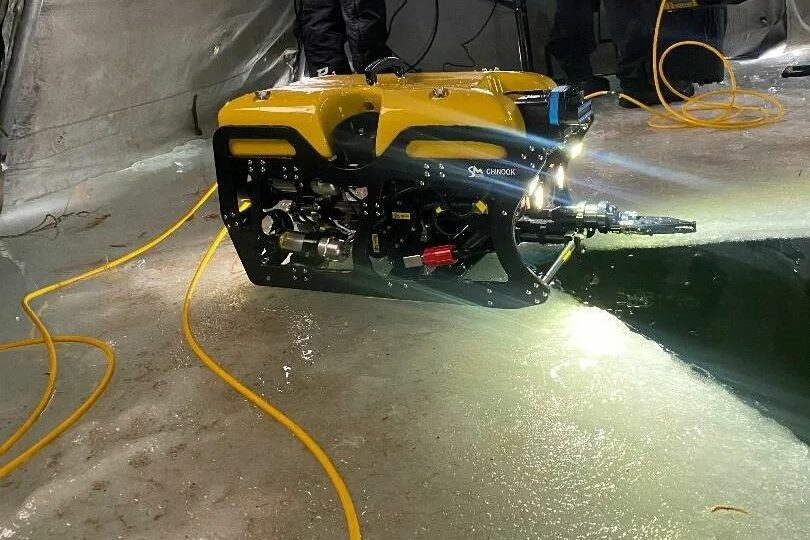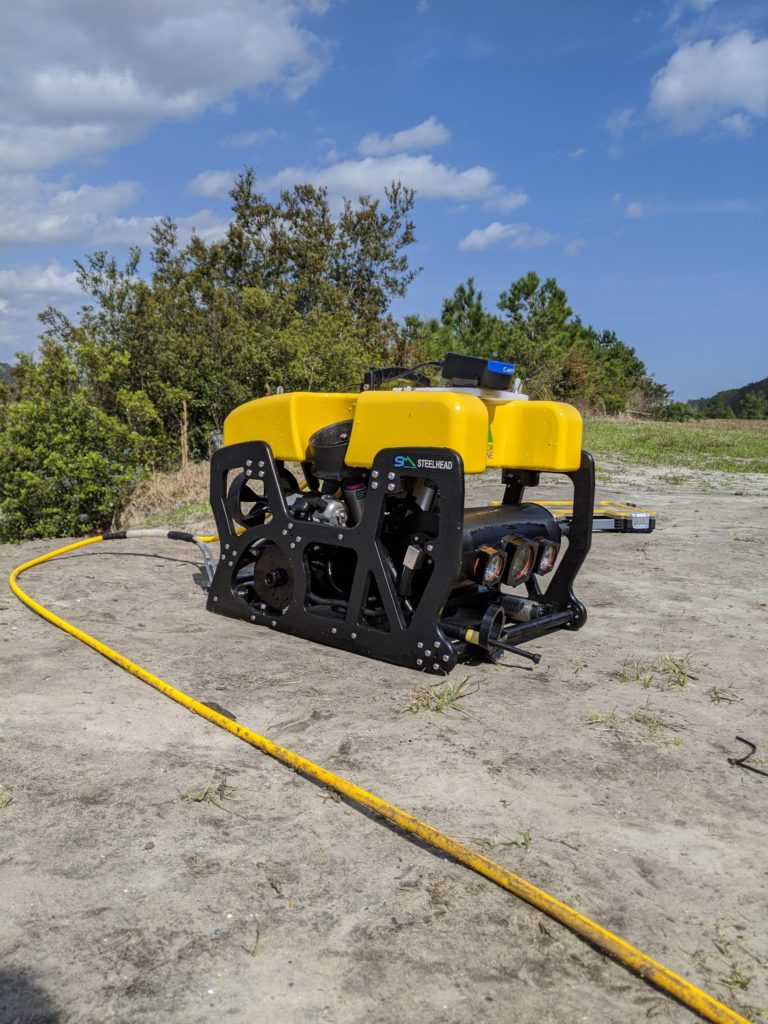The average lifespan of ROVs can vary significantly depending on several factors such as usage frequency, maintenance, operating conditions, and technological advancements. Generally, ROV manufacturers design these robots to have a lifespan ranging from 5 to 15 years. However, with proper maintenance and upgrades, some ROVs can remain operational for longer periods, like we do at SEAMOR. Others might be retired sooner due to technological obsolescence, irreparable damage from harsh operating environments, improper use, or poor quality materials. Regular maintenance, software updates, and equipment replacements are crucial to extending the lifespan of an ROV and ensuring its continued reliability and performance.
What affects the average lifespan of ROVs?
- Corrosion and Wear. Inferior materials are more prone to corrosion or wear when exposed to harsh marine environments. Saltwater, pressure, and abrasive substances can degrade components more rapidly. This leads to premature failure of critical parts such as thrusters, cables, and frame structures.
- Mechanical Failure. Weak materials or substandard manufacturing processes result in mechanical failures such as cracks, fractures, or deformations. This can occur in structural components, manipulator arms, or other moving parts. When this happens it compromises the overall integrity and functionality of the ROV.
- Reduced Performance. If materials do not meet the performance requirements of the ROV, it results in decreased efficiency, maneuverability, or payload capacity. This limits the ROV’s ability to carry out missions effectively and may increase operational risks in challenging environments.
- Safety Risks. Structural failures or malfunctions during operation can lead to accidents, injuries, or loss of the ROV, potentially causing costly damage to underwater assets or the environment.

Why does the average lifespan of your chosen ROV brand matter?
Investing in high-quality materials and adhering to proper operating procedures is essential for maximizing the lifespan and performance of an ROV, while also ensuring the safety of personnel and the integrity of underwater operations.
Aiming for longer lifespans brings various benefits, including cost-effectiveness, operational continuity, efficiency, adaptability, environmental sustainability, and safety. These factors contribute to the overall success and effectiveness of underwater missions and operations.
In very short, a higher quality ROV may cost you more upfront when you buy one but it will cost you a lot less in the longer term.
Come chat with us about our ROVs and how we can serve your business.

